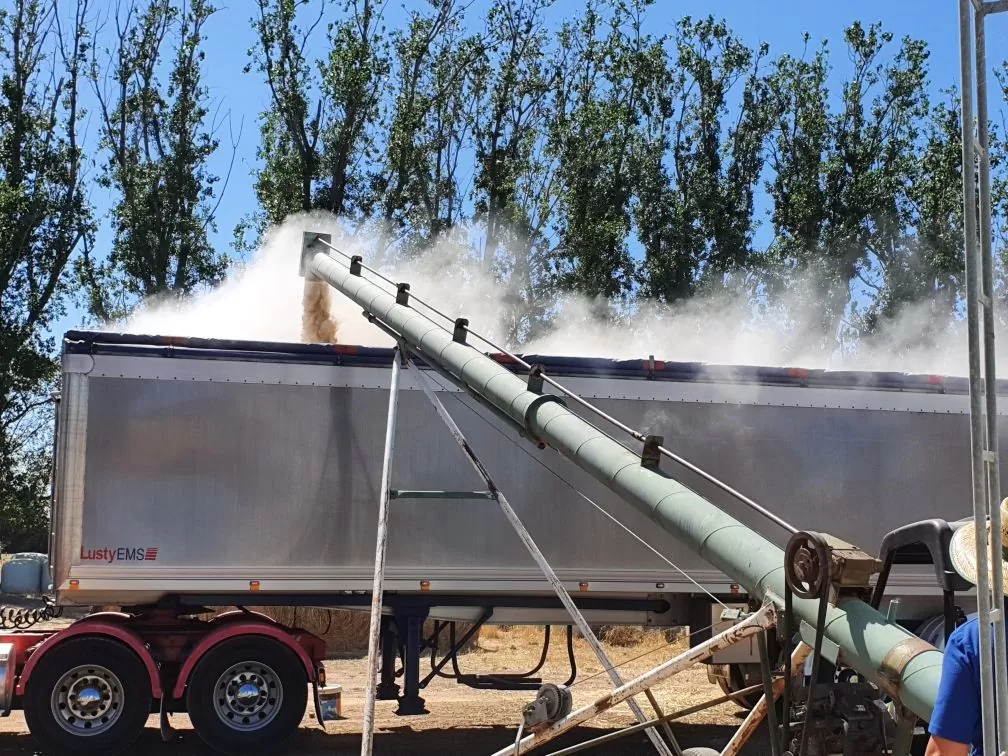Background
Consumer food needs are evolving with protein now playing a bigger role in purchasing decisions (Glanbia Nutritionals, 2020). While soy and dairy lead the global supply of protein fortification ingredients (refer figure 1), pea protein is gaining momentum with its strong appeal in certain applications as a non-GM and allergy free alternative to soy (Glanbia Nutritionals, 2020).

Global supply of protein fortification ingredients
The new “go-to” protein
Soy protein remains the go-to plant protein in meat and dairy alternatives, however issues with GM crop contamination and allergens are driving a shift towards non-soy alternatives (Glanbia Nutritionals, 2020). Pea protein is an up-and-coming plant protein for food manufacturers who wish to sidestep the issues surrounding soy (Glanbia Nutritionals, 2020).
Pea protein can be derived from legume extraction and fractionation technologies, which have been developed mainly to extract proteins from legume seeds (Sherasia, Garg, & Bhanderi, 2017). This pea protein can be used as a fortification ingredient in plant-based foods. Alternatively, by-products (flour and husks) from legume harvesting and processing can be used as ingredients for plant-based foods given their high nutritional levels (20% protein, 40% fibre, 4% fat). In addition, pea pollard is highly cost effective, readily available and easily processed.
Lentil and pea have been grown and harvested for more than 8500 years (Sherasia, Garg, & Bhanderi, 2017), yet the application of its by-product has been limited. Processing of legumes in Australia is conducted in food grade certified (HACCAP, ISO etc) facilities. It seems unthinkable that the by-products from legume processing are not used for food grade products, especially given the current consumer trends towards protein and plant-based foods.
Food grade applications
There has been a growing interest in the food industry towards the potential utilisation of legume by-products (Sherasia, Garg, & Bhanderi, 2017). High levels of protein can be utilised to create plant-based foods. Proteins enhance the feeling of satiety, lower blood sugar and improve metabolism. Legume flour can be used to produce high protein plant-based pasta, crisps, patties, nuggets, beverages, baby food, plant-based milk & cheeses and baked products (biscuits and snacks) (Sherasia, Garg, & Bhanderi, 2017).
Despite the enormous potential the opportunity still remains open to improve the sustainability of these by-products and service the growing consumer demand for more plant-based (high protein) food alternatives.
GrainOut is currently looking to partner with passionate and innovative starts up who are interested in developing plant-based food products. Please contact us on 0437 965 270, if would like to know more information.





